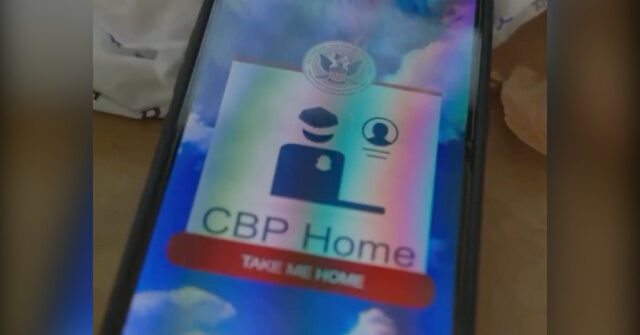PADUCAH — As severe winter weather looms, it is crucial to take certain measures to maintain safety and security for you, loved ones and personal property.
On Thursday, Jan. 2, the U.S. National Weather Service in Paducah reported the likelihood for a winter storm with mixed precipitation from late Saturday night into late Sunday evening.
Though precipitation volume is still variable, the service predicts there will be freezing rain for the Paducah and Mayfield areas, rendering a high concern for travel impacts. Though snow accumulation is most likely north of Paducah, temperatures are expected to drop below freezing throughout the entire storm system.
Rob Estes, the director of Emergency Management for McCracken County, outlined urgent steps to prepare for winter weather.
“People need to start preparing today, staring with the outside of your home. It’s going to get bitterly cold,” Estes said. “You need to make sure you’ve done everything to keep your pipes from freezing.”
To prevent property damage, Estes advised the community to disconnect external hoses and leave faucets running at a trickle.
To deter the cold from seeping inside your home, he said to seal the windows and firmly close doors and crawl spaces, and add extra insulation if possible. He highlighted door draft stoppers and insulators for electrical sockets.
“Most of the snows in this area aren’t the magnitude to damage your roof, but you need to make sure everything is sealed to keep the weather out,” Estes said.
Next, he said to test carbon monoxide and fire detectors, and move outdoor pets indoors for the duration of the storm.
In terms of staying warm, Estes said that electric heaters are beneficial — but place them in the center of the room, far removed from any flammable materials, such as curtains or newspapers. He said alternative heat sources like gas stoves or charcoal grills are unsafe and considered serious fire hazards.
Otherwise, Estes said that generators are useful as long as they remain fueled, but they pose some dangers as combustible engines. He said to only run them outdoors and never in enclosed spaces.
“If it’s something you plug in, keep it at a safe distance. Tape it down, and make sure no one will trip over it and it doesn’t catch fire,” Estes said.
Estes emphasized the risk of frostbite, hypothermia and other cold-related ailments and injures during winter storms.
“If you want to go out, wear layers, and limit your exposure to the outside,” Estes said. “It’s slick outside, and everybody is in danger of falling and hitting their head. Ice doesn’t care.”
In the event of power outages and being stranded on the road, Estes said to assemble an emergency “go bag” that can include jumper cables, flares, warm clothes and blankets, non-perishable food, water, a charged cellphone, batteries, flashlights and refilled prescriptions.
He said to pack the pertinent items in bags securely stashed in an easily accessible location in your house and vehicle.
“Whether you leave the house or not, make sure you’re winter aware and you know what’s going on,” Estes said. “With these types of events, you can be without power for a while. We don’t know how much we’re getting yet, but be prepared for anything.”
Overall, Estes said it would behoove community members to stay home and not brave the elements. He said staying home facilitates the clearing of roads as emergency management can work without any hindrances.
In the meantime, Estes said to check for updates from social media of local entities like the National Weather Service, emergency management, police department and fire department.
“We want you to stay home. Don’t get yourself into an unsafe situation and hurt yourself,” Estes said. “It’s a lot easier to get roads cleared when you get off the road.”
If you do need to venture outside, Carrie Dillard, the public information officer for Kentucky Transportation Cabinet District 1, said to be mindful of the harsh road conditions.
Starting on Friday, Jan. 3, KYTC crews will pre-treat roadways and potential trouble spots. They will concentrate on “A” Snow and Ice Priority Routes, which are primarily four-lane highways, and then transition to bridges, overpasses and shaded areas that often freeze first.
Dillard said to tread slowly and cautiously, especially on bridges and overpasses, and turn on headlights for greater visibility.
“Always give yourself more time to reach your destination, and put more distance between your car and the vehicle in front of you,” Dillard said. “When coming to a stop, brake gently. If you slam on your brakes, your car could skid.”
Dillard said to avoid all distractions while behind the wheel and never pass a snow plow on the shoulder, which can crowd heavy machinery.
She also stressed the importance of vehicle maintenance in severe winter weather. She said to check that defrosters, windshield wipers and heaters are in good working order, and confirm that battery quality, tire pressure and tread are adequate before driving.
“We want all Kentuckians to make it home safely during a winter weather event,” Dillard said. “Any sort of winter precipitation could make the roadways hazardous for drivers, so just exercise extra caution when driving.”
Will Spencer is a reporter for the Mayfield Messenger.

























Discussion about this post